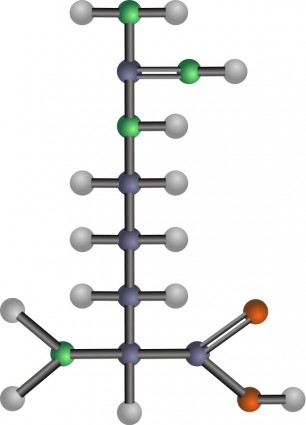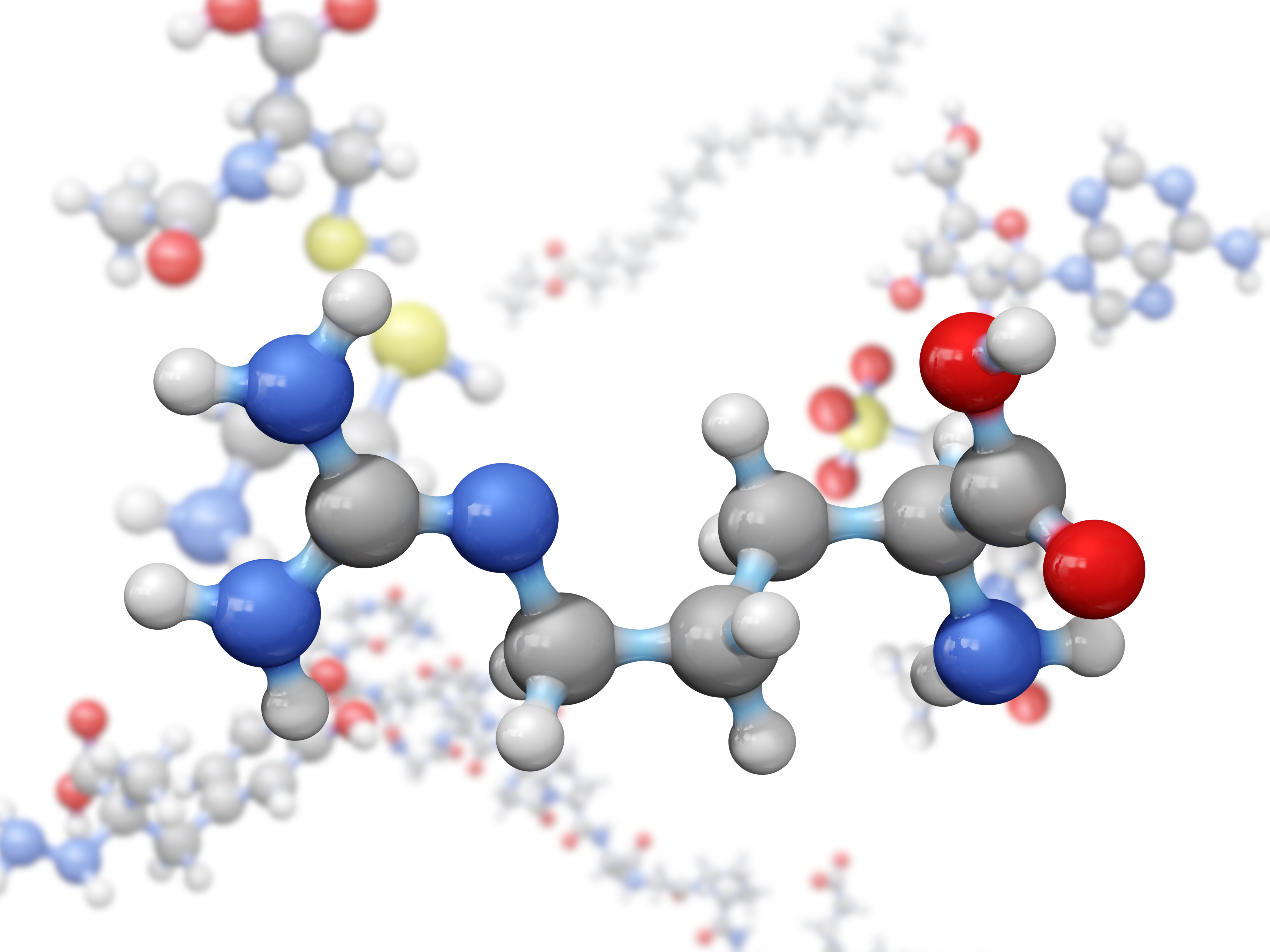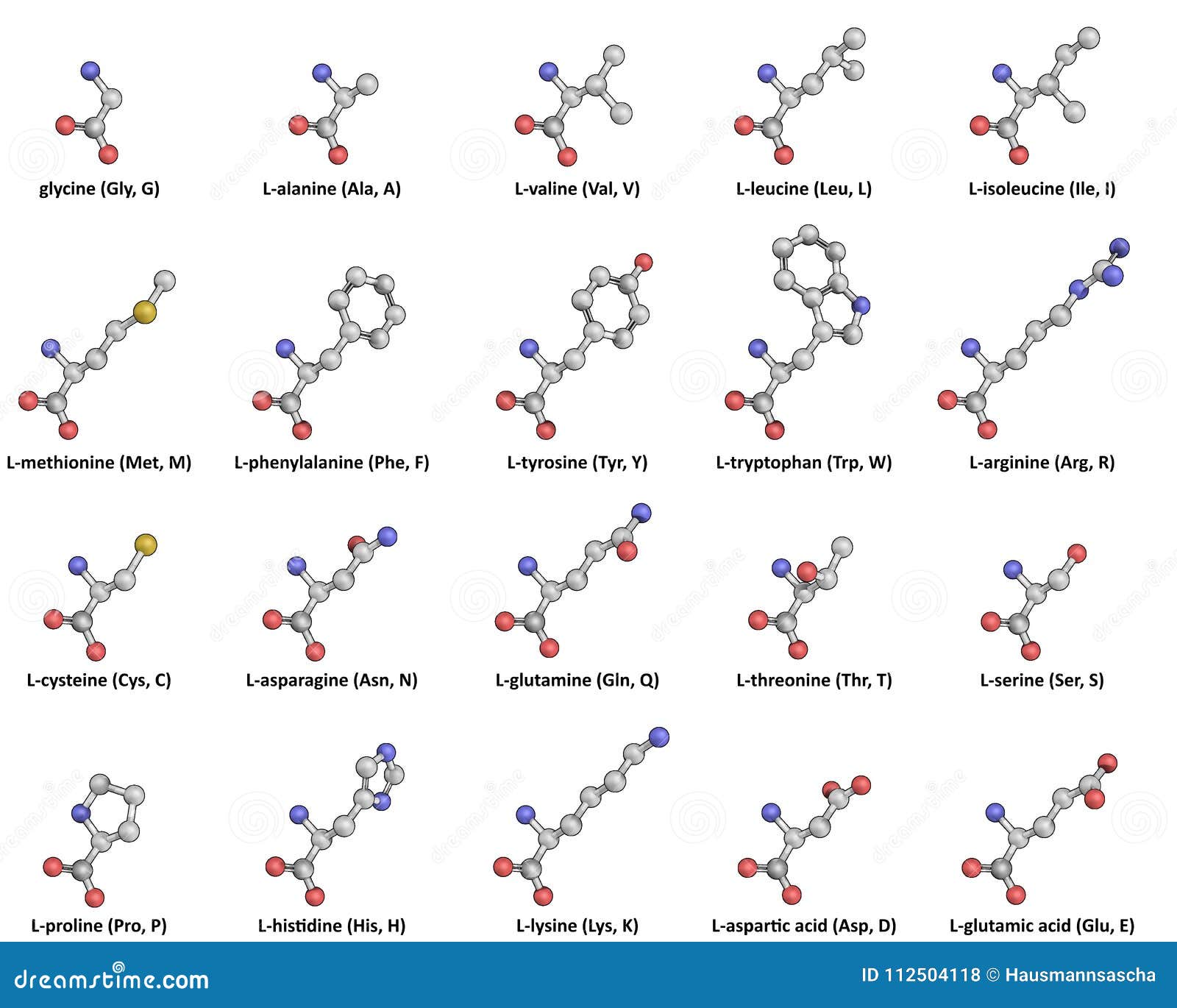

They differ from one another only at the R-group position. Within living organisms there are 20 amino acids used as protein building blocks. In the diagram below, this group is designated as an R-group.

In addition to the amine and the carboxylic acid, the alpha carbon is also attached to a hydrogen and one additional group that can vary in size and length. The alpha designation is used to indicate that these two functional groups are separated from one another by one carbon group.

As their name implies they contain a carboxylic acid functional group and an amine functional group. The major building block of proteins are called alpha (α) amino acids. They are all, however, polymers of alpha amino acids, arranged in a linear sequence and connected together by covalent bonds. Their structures, like their functions, vary greatly. Each cell in a living system may contain thousands of different proteins, each with a unique function. Proteins may be structural, regulatory, contractile, or protective they may serve in transport, storage, or membranes or they may be toxins or enzymes. Proteins are one of the most abundant organic molecules in living systems and have the most diverse range of functions of all macromolecules. Chapter 2: Protein Structure 2.1 Amino Acid Structure and Properties 2.2 Peptide Bond Formation and Primary Protein Structure 2.3 Secondary Protein Structure 2.4 Supersecondary Structure and Protein MotifsĢ.5 Tertiary and Quaternary Protein Structure 2.6 Protein Folding, Denaturation and Hydrolysis 2.7 References


 0 kommentar(er)
0 kommentar(er)
